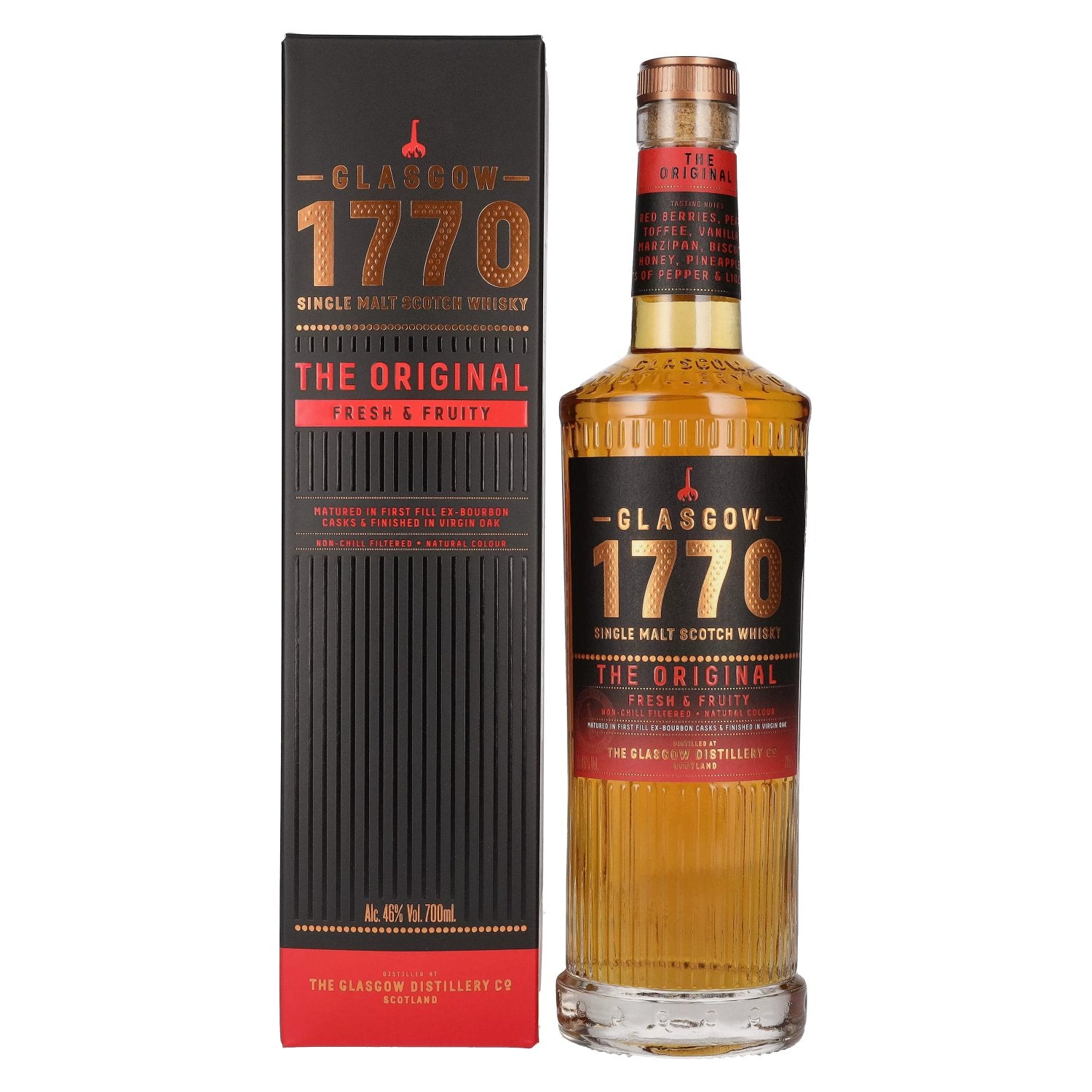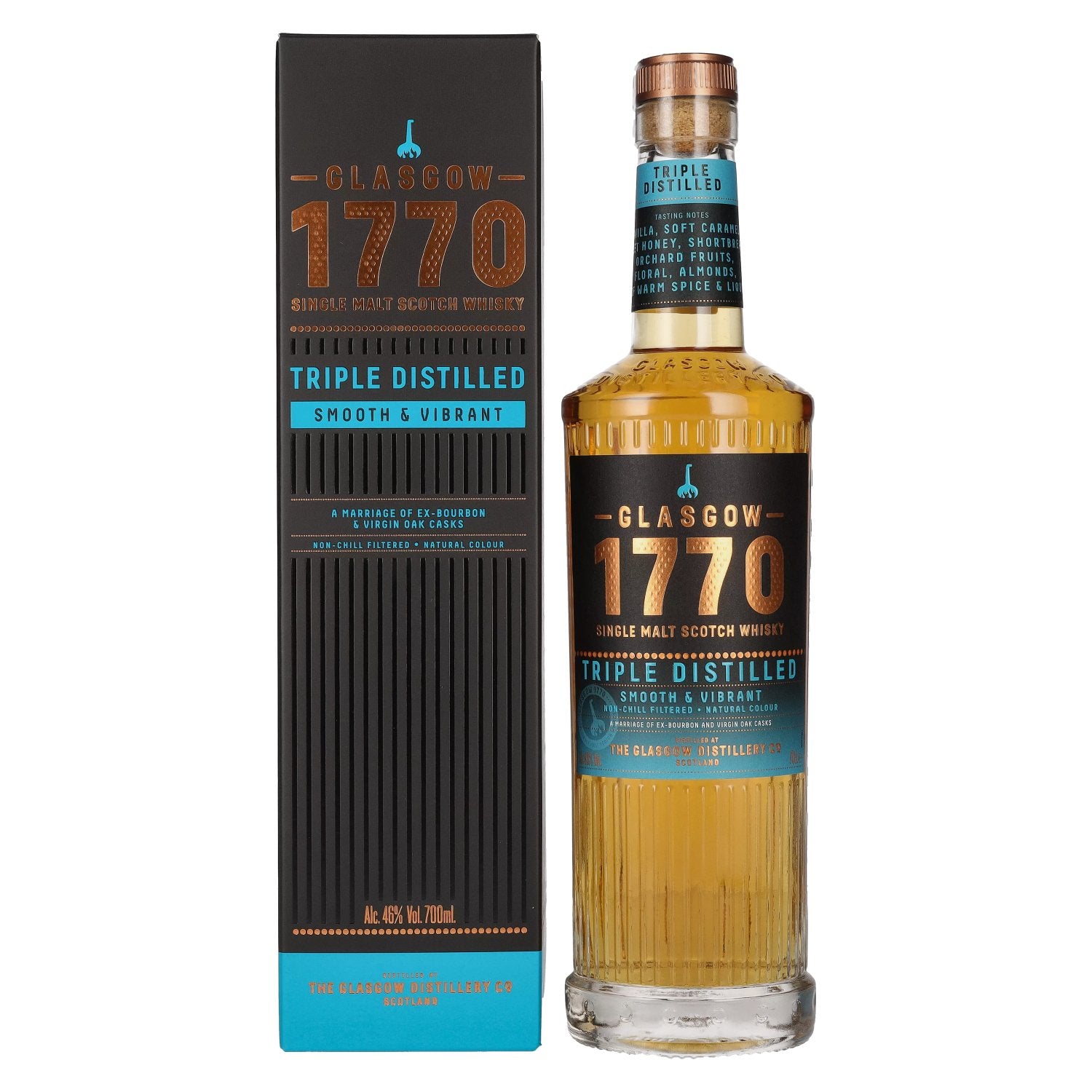When it comes to sparkling wines, Prosecco and Champagne are two of the most popular choices that often come to mind. While both offer the delightful effervescence that makes any occasion feel special, they are distinct in many ways. From their regions of origin to their production methods and flavor profiles, Prosecco and Champagne each bring something unique to the table. Let's explore the key differences between these two beloved sparkling wines.
Region of Origin
Champagne:
- Origin: Champagne comes exclusively from the Champagne region in northeastern France. This region's unique climate and chalky soil contribute to the distinctive qualities of Champagne.
- Regulations: The name "Champagne" is legally protected, meaning only sparkling wines produced in this region and following strict guidelines can be labeled as such.
Prosecco:
- Origin: Prosecco hails from the Veneto and Friuli Venezia Giulia regions in northeastern Italy. The name "Prosecco" comes from the village of Prosecco near Trieste.
- Regulations: Prosecco must be made in designated areas of Italy and is primarily produced in the regions of Conegliano and Valdobbiadene, which have a reputation for high-quality production.
Grape Varieties
Champagne:
- Grapes: Champagne is typically made from three primary grape varieties: Chardonnay, Pinot Noir, and Pinot Meunier. These grapes can be used individually or blended to create different styles of Champagne.
Prosecco:
- Grapes: Prosecco is made primarily from the Glera grape, which gives it its light, fruity character. While other grape varieties may be used in small amounts, Glera is the dominant grape.
Production Method
Champagne:
- Traditional Method: Champagne is produced using the "Méthode Champenoise" or traditional method. This involves a second fermentation in the bottle, where the wine is aged on its lees (yeast sediment) for an extended period, often several years. This process contributes to Champagne's complexity and fine bubbles.
- Aging: The extended aging process results in more complex flavors and aromas, often described as toasty or nutty with hints of brioche.
Prosecco:
- Charmat Method: Prosecco is typically made using the Charmat method, also known as the tank method. The second fermentation occurs in large stainless steel tanks, rather than in the bottle. This method is faster and less labor-intensive, which helps keep Prosecco more affordable.
- Aging: Prosecco is usually not aged for long periods. This method preserves the fresh, fruity flavors that are characteristic of Prosecco.
Flavor Profile
Champagne:
- Flavor: Champagne often exhibits complex flavors and aromas, including notes of apple, pear, citrus, almond, and toast. The long aging process on the lees can impart additional flavors of brioche, biscuit, and sometimes a hint of nuttiness.
- Texture: The bubbles in Champagne are typically fine and persistent, contributing to a creamy, elegant mouthfeel.
Prosecco:
- Flavor: Prosecco is known for its light, fruity, and floral flavors, with common notes of green apple, pear, peach, and melon. It is generally more straightforward and less complex than Champagne.
- Texture: The bubbles in Prosecco are usually larger and more frothy, resulting in a lively and refreshing texture.
Price Point
Champagne:
- Cost: Due to the labor-intensive production process and extended aging, Champagne is generally more expensive than Prosecco. High-quality Champagne can be a significant investment, though there are also more affordable options available.
Prosecco:
- Cost: Prosecco is typically more budget-friendly, making it a popular choice for casual gatherings and celebrations. The Charmat method allows for more efficient production, which helps keep prices lower.
Conclusion
While both Prosecco and Champagne are excellent choices for celebrations and special occasions, they each offer unique characteristics that cater to different tastes and preferences. Champagne's complexity and elegance make it a luxurious treat, perfect for moments that call for sophistication. On the other hand, Prosecco's light, fruity, and approachable nature makes it a versatile and affordable option for everyday enjoyment.
Next time you're choosing a sparkling wine, consider what you're in the mood for—whether it's the refined allure of Champagne or the fresh, lively charm of Prosecco, you can't go wrong with either. Cheers to exploring and enjoying the delightful world of sparkling wines!










